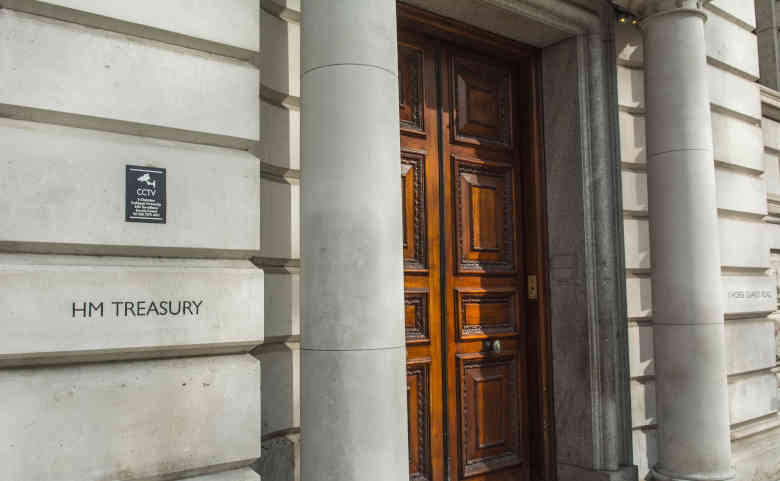Following the financial crises and the Great Recession, Brexit, and Covid, the UK needs a fresh economic
policy. The imminent establishment of a new Prime Minister provides the opportunity.
In the early days of the financial crisis, governments responded by using fiscal policy to stabilise output in
2008 and in 2009. As economies stabilised and recovery began, governments exhibited an extraordinary
reticence about using fiscal policy to stimulate growth. Instead, they relied on central banks using novel
monetary tools such as quantitative and credit easing and forward guidance along with extraordinary low
interest rates.
In the ten years to 2019, these monetary policies and reluctance to use fiscal policy resulted in slow and
disappointing rates of economic growth. Indeed, growth was so insipid that it stimulated an economic
debate about the extent to which advanced economies may have fallen into a condition of secular
stagnation or were exhibiting the sort of conditions that classical economists considered when they
explored what they called stationary states.
The UK has not escaped this: public expenditure and investment and public policy has been constrained
and distorted by a Treasury orthodoxy based on a set of fiscal rules directed at controlling deficits and the
stock of debt in relation to GDP. These fiscal rules and the reluctance to use deficits and borrowing as part
of demand management have contributed to a deformed version of macro-economic policy. Instead of
using both instruments of monetary and fiscal policy to manage adverse shocks, macro-economic policy
has relied primarily on one instrument, monetary policy, with disappointing results.
The UK should recognise the present conjunction of events as an opportunity to reassesses long standing
economic policies and economic institutions.
The purpose of this paper is to assess the implications of the Treasury orthodoxy, set out an alternative
strategy for managing the economy, and to propose some institutional changes necessary to achieving
such a changed economic approach. Accordingly, the paper is organised around the following four
chapters:
I – Current Treasury economic policy leads to recession and spiraling debt
II – Formulating a successful supply-side based economic strategy
III – Delivering supply-side economic policies for growth
IV – Reforming government’s approach to economic management
Click here to read the press release.
Click here to read the report.

